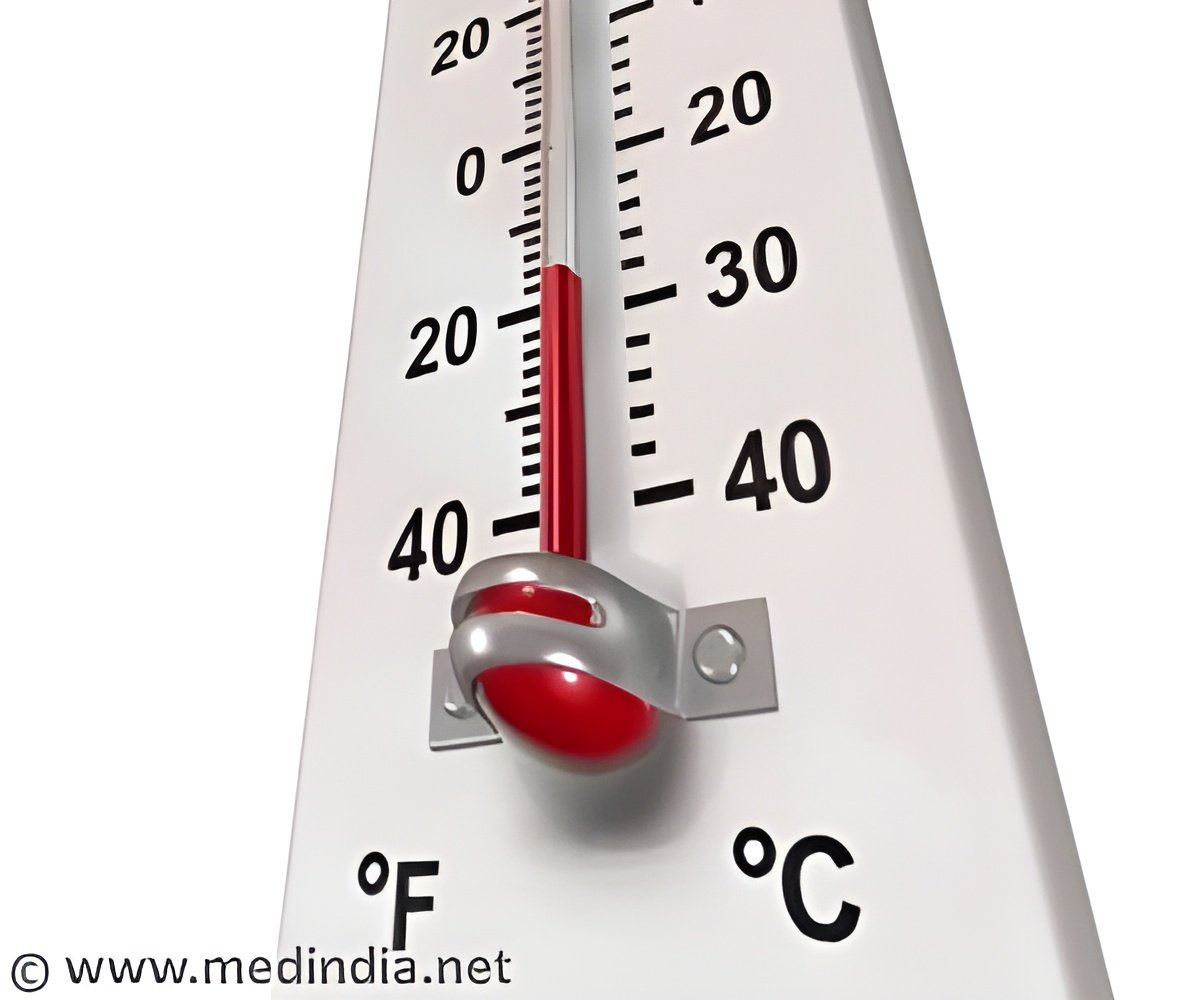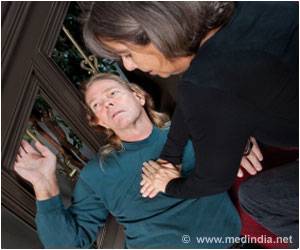Trauma victims countering hypothermia are facing a grave complication. It is also linked to an amplified risk of dying.

The study found that 14% of patients had hypothermia on arrival at the hospital. Dr Frédéric Lapostolle from SAMU 93 - Unité recherche-enseignement-qualité, Hôpital Avicenne, who led this study, explained, "As expected the severity of hypothermia was linked to the severity of injury. Blood loss and spine or head injury impair body temperature regulation and in our study we found that head injury, and intubation to aid breathing, were independently associated with hypothermia."
While external air and ground temperatures seemed to have little effect on risk of hypothermia, the study found that infusion fluid temperature and the temperature inside the ambulances were both significant risk factors.
Dr Lapostolle continued, "The temperature of infused fluid for 75% of our patients was below 21C and usually at ambient air temperature. We suggest that, to reduce the incidence of hypothermia, the temperature of infusion fluids need to be controlled, and that a small a volume as possible is used. Temperature of infusion fluids can be easily and rapidly measured in pre-hospital settings. We also recommend that ambulances should be heated and that as much as possible the patient should remain clothed, because attempting to warm the patients did not compensate for the effect of them being undressed even if it can make examination more difficult."
Source-Eurekalert















